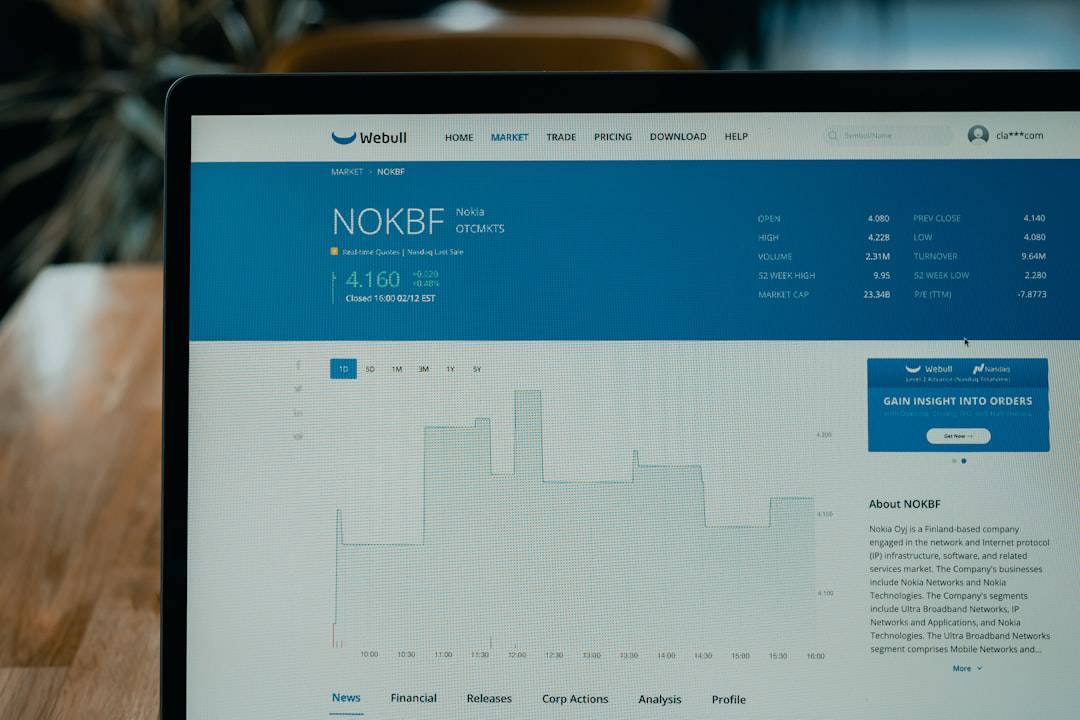Zero Trust Network Access (ZTNA) is a security framework designed to address the shortcomings of traditional network security approaches. Unlike conventional models that rely on perimeter-based defenses, ZTNA operates under the assumption that threats can originate from both internal and external sources. This model prioritizes the verification of user and device identities before granting access to applications and resources, thereby reducing the risk of unauthorized access and data breaches.
ZTNA is founded on the principle of least privilege, which dictates that users are only granted access to the specific resources necessary for their job functions. This approach effectively reduces the attack surface and limits the potential impact of security breaches. ZTNA employs various techniques, including micro-segmentation and encryption, to enhance the protection of sensitive data and applications.
By implementing ZTNA, organizations can strengthen their overall security posture and more effectively safeguard their critical assets against cyber threats.
Key Takeaways
- Zero Trust Network Access (ZTNA) is a security model that eliminates the idea of trust based on location and assumes that every access request is a potential threat.
- Universal ZTNA offers benefits such as improved security, simplified access management, and enhanced user experience across all devices and networks.
- Implementing Universal ZTNA for secure access involves identifying and classifying resources, implementing strong authentication methods, and continuously monitoring access requests.
- Overcoming challenges with Universal ZTNA requires addressing legacy systems, ensuring scalability, and providing adequate user training and support.
- Best practices for Universal ZTNA deployment include conducting a thorough risk assessment, defining access policies, and regularly updating security measures to adapt to evolving threats.
- Integrating Universal ZTNA with existing security solutions involves evaluating compatibility, establishing clear communication between systems, and ensuring seamless user experience.
- The future of secure access with Universal ZTNA is expected to involve advancements in automation, artificial intelligence, and the integration of Zero Trust principles into all aspects of network security.
The Benefits of Universal ZTNA
Secure Access from Anywhere
One of the primary advantages of universal ZTNA is its ability to provide secure access to applications and resources regardless of their location. This means that users can securely access resources from anywhere, whether they are in the office, at home, or on the go.
Simplified Access Management
Universal ZTNA also simplifies access management by providing a single point of control for managing user access to all applications and resources. This can help to reduce administrative overhead and improve the overall user experience.
Reduced Reliance on VPNs
Additionally, universal ZTNA can help organizations reduce their reliance on VPNs, which can be costly and difficult to manage at scale. This can lead to significant cost savings and improved security.
Implementing Universal ZTNA for Secure Access

Implementing universal ZTNA for secure access requires careful planning and consideration of the organization’s specific security requirements. The first step in implementing universal ZTNA is to assess the organization’s current security posture and identify any gaps or weaknesses that need to be addressed. This may involve conducting a thorough security assessment and identifying the critical applications and resources that need to be protected.
Once the organization’s security requirements have been identified, the next step is to select a universal ZTNA solution that meets those requirements. When evaluating ZTNA solutions, organizations should consider factors such as scalability, ease of deployment, and integration with existing security solutions. It’s also important to consider the user experience and ensure that the chosen solution provides a seamless and intuitive access experience for users.
After selecting a ZTNA solution, organizations can begin the implementation process by defining access policies and configuring the solution to enforce those policies. This may involve integrating the ZTNA solution with existing identity and access management systems, as well as configuring user authentication and authorization mechanisms. Once the solution has been configured, organizations should conduct thorough testing to ensure that it meets their security requirements and provides a seamless user experience.
Overcoming Challenges with Universal ZTNA
| Challenges | Solutions |
|---|---|
| Complexity of implementation | Utilize a phased approach for deployment |
| Integration with existing systems | Use API integration and compatibility testing |
| User adoption and training | Provide comprehensive training and support resources |
| Security concerns | Implement multi-factor authentication and encryption |
While universal ZTNA offers many benefits, there are also challenges that organizations may face when implementing this security model. One of the key challenges with universal ZTNA is ensuring that it provides secure access without sacrificing usability. Organizations must strike a balance between security and user experience to ensure that users can access the resources they need without unnecessary friction.
Another challenge with universal ZTNA is ensuring that it can scale to meet the needs of the organization. As organizations grow and evolve, their security requirements may change, and their ZTNA solution must be able to adapt to those changes. This may require careful planning and ongoing monitoring to ensure that the ZTNA solution remains effective as the organization’s needs evolve.
Additionally, organizations may face challenges related to integrating universal ZTNA with existing security solutions. This may involve integrating ZTNA with identity and access management systems, as well as other security technologies such as firewalls and intrusion detection systems. Ensuring seamless integration between ZTNA and existing security solutions is critical to providing comprehensive protection for the organization’s resources.
Best Practices for Universal ZTNA Deployment
When deploying universal ZTNA for secure access, there are several best practices that organizations should follow to ensure a successful implementation. One best practice is to start with a thorough assessment of the organization’s security requirements and existing infrastructure. This will help to identify any potential challenges or gaps that need to be addressed before deploying ZTNA.
Another best practice is to involve key stakeholders from across the organization in the deployment process. This may include representatives from IT, security, compliance, and business units. By involving key stakeholders early in the process, organizations can ensure that the ZTNA solution meets the needs of all relevant parties and aligns with the organization’s overall security strategy.
It’s also important for organizations to prioritize user experience when deploying universal ZTNThis may involve conducting user testing and gathering feedback from employees to ensure that the ZTNA solution provides a seamless and intuitive access experience. By prioritizing user experience, organizations can help to minimize resistance to the new security model and improve overall adoption.
Integrating Universal ZTNA with Existing Security Solutions

Integrating universal ZTNA with existing security solutions is critical to providing comprehensive protection for an organization’s resources. One key aspect of integration is ensuring that ZTNA works seamlessly with existing identity and access management systems. This may involve integrating ZTNA with single sign-on solutions, multi-factor authentication systems, and user provisioning tools to ensure that user identities are properly managed and authenticated.
Another aspect of integration is ensuring that ZTNA works effectively with other security technologies such as firewalls, intrusion detection systems, and endpoint protection solutions. This may involve configuring ZTNA to enforce access policies based on threat intelligence data or integrating it with existing security information and event management (SIEM) systems to provide comprehensive visibility into user access and behavior. In addition to technical integration, organizations should also consider integrating ZTNA into their overall security strategy.
This may involve aligning ZTNA with existing security policies and procedures, as well as ensuring that it supports compliance requirements such as GDPR, HIPAA, or PCI DSS. By integrating ZTNA into the broader security landscape, organizations can ensure that it provides consistent protection for their critical assets.
The Future of Secure Access with Universal ZTNA
The future of secure access with universal ZTNA looks promising as organizations continue to prioritize security in an increasingly digital world. As remote work becomes more prevalent, the need for secure access solutions that can accommodate a distributed workforce will only continue to grow. Universal ZTNA offers a flexible and scalable approach to secure access that can adapt to the changing needs of organizations as they embrace remote work and digital transformation.
In addition, advancements in technology such as artificial intelligence and machine learning are likely to play a role in the future of secure access with universal ZTNThese technologies can help organizations better understand user behavior and identify potential threats in real time, allowing for more proactive and effective security measures. Overall, universal ZTNA represents a significant shift in how organizations approach secure access, moving away from traditional perimeter-based defenses towards a more dynamic and user-centric model. As organizations continue to embrace digital transformation and remote work, universal ZTNA will play an increasingly important role in providing secure access to critical resources while minimizing the risk of unauthorized access and data breaches.
If you’re interested in learning more about the future trends and innovations in the metaverse industry, you should check out this article. It provides projections and insights into the exciting developments happening in the metaverse space, which is closely related to the concept of Universal Zero Trust Network Access (ZTNA).
FAQs
What is Universal Zero Trust Network Access (ZTNA)?
Universal Zero Trust Network Access (ZTNA) is a security framework that ensures all users and devices, both inside and outside the corporate network, are verified and authenticated before being granted access to applications and resources.
How does Universal ZTNA work?
Universal ZTNA works by dynamically creating secure, encrypted connections between users and the applications or resources they need to access. It uses a “never trust, always verify” approach, where access is granted based on the user’s identity, device posture, and other contextual factors.
What are the benefits of Universal ZTNA?
Some of the benefits of Universal ZTNA include improved security, reduced attack surface, better user experience, and the ability to enforce access policies based on user and device attributes.
Is Universal ZTNA suitable for all types of organizations?
Yes, Universal ZTNA is designed to be scalable and adaptable to the needs of organizations of all sizes and industries. It can be particularly beneficial for organizations with remote or mobile workforces, as well as those with a large number of third-party users.
What are some key features of Universal ZTNA solutions?
Key features of Universal ZTNA solutions may include identity-based access controls, multi-factor authentication, continuous monitoring and adaptive access policies, as well as integration with existing security and networking infrastructure.
How does Universal ZTNA differ from traditional VPNs?
Unlike traditional VPNs, which typically provide network-level access, Universal ZTNA focuses on providing application-level access. It also takes a more granular and context-aware approach to access control, and does not require users to be on the corporate network to access applications.











Leave a Reply